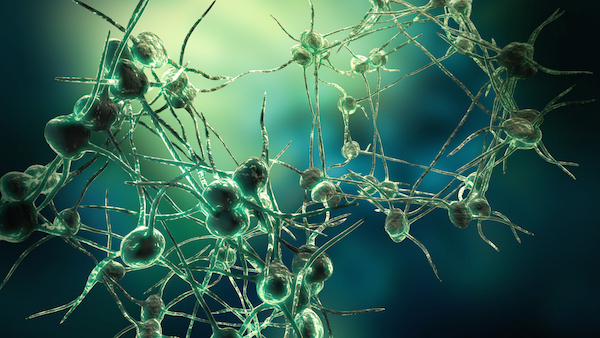
THURSDAY, Oct. 30, 2014 (HealthDay News) — A full-court press involving all public health tactics known to prevent Ebola transmission will be required to quell the current West African epidemic, a new study reports.
Four practices in particular — burying the Ebola-infected dead in a hygienic way, immediately isolating new patients, tracing people potentially exposed to the virus, and providing better protection for health care workers — can stop the epidemic within six months, researchers believe.
If public health officials can achieve these goals 60 percent of the time, the number of new Ebola cases in Liberia could fall to seven a day by Dec. 1 and to nearly none by March 15, the researchers report in the Oct. 30 issue of the journal Science.
“If these interventions are implemented at a moderately high but not unrealistic level, this thing can be contained reasonably quickly,” said co-author Jan Medlock, an assistant professor in the Oregon State University department of biomedical sciences and an expert in mathematical epidemiology and evolution of infectious disease.
The current epidemic has caused nearly 5,000 deaths out of more than 13,000 cases of Ebola infection in Liberia, Sierra Leone and Guinea.
A second study in Science reports that scientists using mice have made headway in figuring out why Ebola causes only mild symptoms in some but life-threatening reactions in others.
By breeding mice that are susceptible to Ebola’s worst symptoms, researchers have shown that genetics likely play a role in people’s response to the virus.
“Host genetics play an important role in disease progression,” said Michael Katze, a professor of microbiology at the University of Washington School of Medicine in Seattle. “This happens to be Ebola we’re talking about, but it’s true with any virus.”
In Medlock’s study, researchers used complex mathematical models to assess how the disease is spreading, what steps are being taken to slow its progression and how effective those steps are. They focused on Liberia, the nation they said is the focal point of the epidemic.
The goal is to shift the momentum of the epidemic so that it slowly declines, by reducing the number of people who catch the virus from an infected person to fewer than one — a figure scientists call the “basic reproductive number.”
The researchers estimated that in Liberia, the Ebola reproductive number is currently 1.63, meaning two infected people will on average infect about three more people.
Unless a range of steps are successfully implemented, the epidemic will continue to gather steam, generating 224 more cases a day in Liberia through Dec. 1 and up to 348 cases a day by the end of that month, they projected.
There’s no one single public health tactic that can end the epidemic, the researchers concluded.
“We found that just one wasn’t likely to stop this thing within six months,” Medlock said. “We really need combinations of tactics to stop the epidemic.”
However, Medlock added that hygienic burial practices are particularly crucial, so much so that the researchers refer to funerals as “super-spreader events.”
“We know that the bodies of Ebola victims are very infectious after they die, and funeral practices in West Africa have a lot of touching and kissing of the body, washing of the body,” he said. “It seems like a very important transmission route.”
Health officials are trying to encourage washing bodies with disinfectants before holding funeral services, or burying victims without a funeral, Medlock said.
In the other study, researchers found that mice bred specifically to expand their genetic diversity were more apt to display the full range of Ebola symptoms that humans suffer.
Until now, lab mice have died when exposed to Ebola but have not suffered the intense bleeding and other dire symptoms common to the virus, the study authors said.
Mice that more closely mirror human reactions to Ebola will be useful in conducting laboratory experiments that shed light on the genetics in play with infection, Katze said.
“This doesn’t mean there’s going to be a cure or a quick fix to the current outbreak,” Katze said. “This is an incremental step forward in understanding a disease that’s becoming of increasing global importance.”
More information
For more on Ebola virus, visit the U.S. Centers for Disease Control and Prevention.
Copyright © 2025 HealthDay. All rights reserved.

